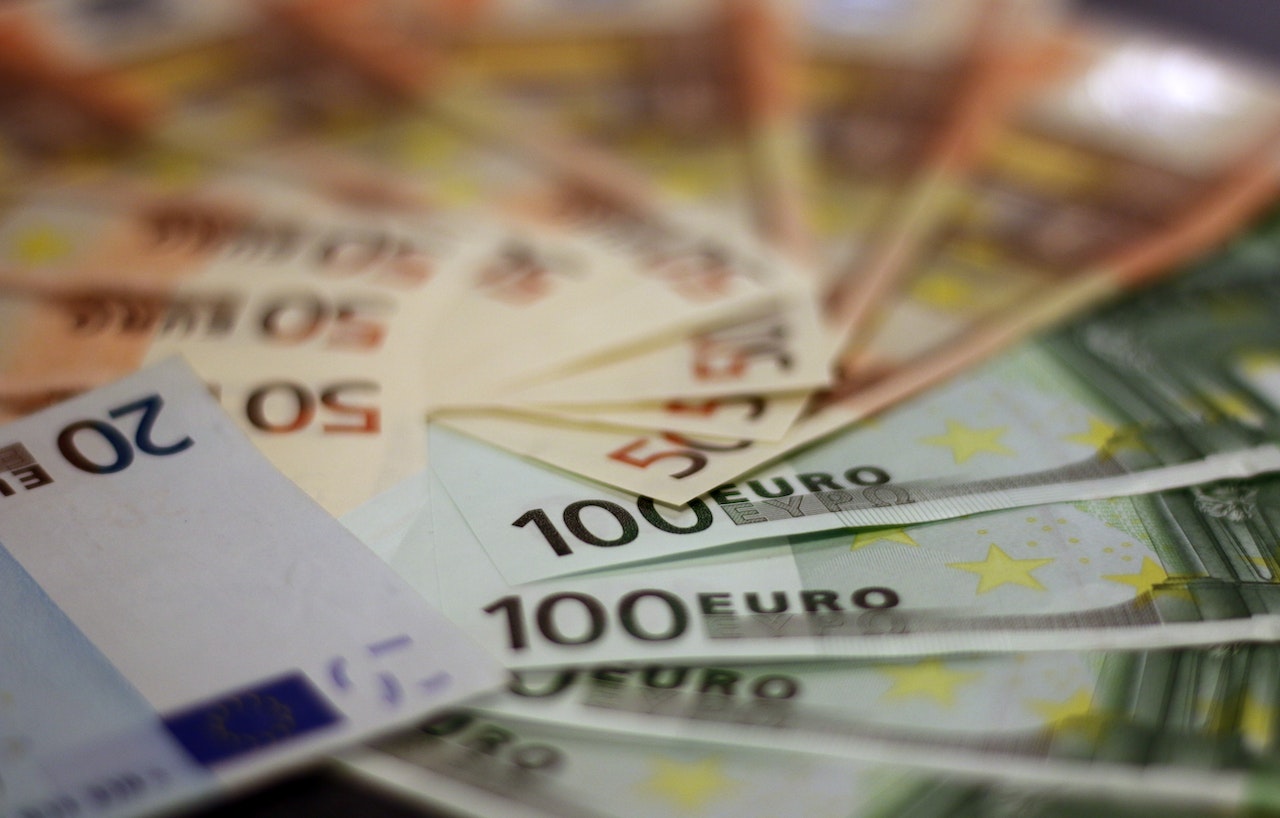Euro Currency Facts: Everything You Need to Know

The euro is the official currency of 19 out of the 27 European Union (EU) countries, making it one of the most widely used currencies in the world. Since its introduction in 1999, the euro has undergone many changes and faced various challenges.
In this article, we will dive deeper into the origins, design elements, role in the global economy, pros and cons, the Eurozone crisis and recovery, and the future of the Euro.
Origins and History of the Euro
The Euro currency was introduced on January 1, 1999, as an electronic currency for cashless transactions, with physical coins and banknotes being introduced three years later. The idea of creating a single currency for the European Union was proposed in the 1950s, but it was not until the Maastricht Treaty in 1992 that the plan was approved. The Euro was designed to improve economic and political integration among EU member states and facilitate trade between them.
Design Elements of the Euro
The Euro banknotes have different colors and sizes for easy identification and security measures. Each denomination features a different architectural style, from classical to modern, on the front of the note, and bridges on the back. The coins are bimetallic, with the inner part made of copper and the outer part of nickel brass, and they feature different designs on the obverse and the common European side.
The Euro’s Role in the Global Economy
The Euro is the second-most-traded currency in the world, behind the US dollar, and it is widely used as a reserve currency by central banks and other financial institutions. The Eurozone is one of the largest economies in the world, and the Euro has become an important currency in international trade and finance. The Eurozone also plays a significant role in setting global economic policies through the European Central Bank.
Pros and Cons of the Euro
One of the main advantages of the Euro is that it has facilitated trade and investment among European countries and has eliminated exchange rate risks and transaction costs. It has also increased price transparency and competition, which has benefited consumers.
However, the Euro has also been criticized for being a one-size-fits-all currency that does not take into account the different economic needs and situations of its member states. The Euro has also been blamed for exacerbating economic imbalances and crises in some countries.
Eurozone Crisis and Recovery
The Eurozone crisis started in 2009 and was characterized by a sovereign debt crisis, a banking crisis, and an economic recession. Several countries, such as Greece, Ireland, Portugal, and Spain, faced significant financial difficulties and required bailouts from the European Union and the International Monetary Fund.
The crisis led to a decline in economic growth, high unemployment rates, and social unrest. However, since 2013, the Eurozone has been experiencing a gradual recovery, with economic growth and unemployment rates improving.
The Future of the Euro
The Euro faces several challenges in the future, such as economic imbalances, political uncertainties, and global economic and financial instability. The COVID-19 pandemic has also affected the Eurozone’s economy, and the European Union has implemented several policies to mitigate the negative effects of the pandemic.
The Eurozone has also started to work on a banking union and a capital markets union to deepen economic and financial integration. The future of the Euro will depend on the ability of the European Union to address these challenges and strengthen the resilience of the Eurozone economy.
In conclusion, the Euro is a significant currency in the global economy, and its history, design, and impact on the Eurozone and the world are essential to understand. The Euro’s role in facilitating trade and investment and its challenges and opportunities for the future are critical topics for policymakers and investors alike.





